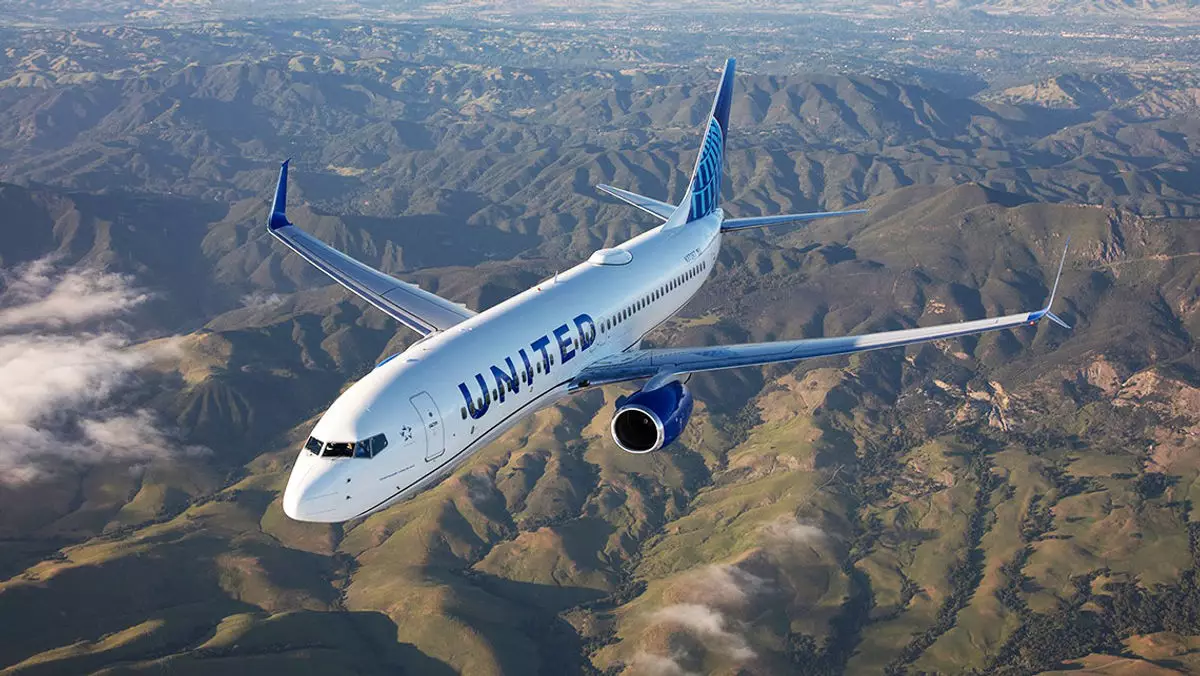In the wake of the Covid-19 pandemic, United Airlines has emerged with a renewed sense of purpose and strategic acumen, as demonstrated during the recent Q4 earnings call led by CEO Scott Kirby. The airline’s ability to adapt to the seismic shifts within the aviation industry post-pandemic is commendable. Kirby outlined how United’s strategic transformations have not only allowed the airline to weather the immediate financial storms but also positioned it favorably for the long term. The emphasis on enhancing international service, expanding domestic capacity with larger aircraft, and promoting basic economy fares encapsulates a proactive approach designed to meet changing consumer demands and industry realities.
United Airlines’ strategy acknowledges the fundamental changes in air travel dynamics where capacity, price points, and the competitive landscape are in constant flux. By focusing on increasing international flights and accommodating a growing demand for premium seating—an advantage United holds over low-cost carriers (LCCs)—the airline effectively pivots from traditional operational models to meet the exigencies of the 21st century traveler.
Rethinking Profitability in the Age of Competition
Scott Kirby’s observations regarding the challenges faced by low-cost carriers underscore the evolving nature of profitability within the airline sector. The assertion that low-cost airlines will always find more favorable conditions in point-to-point, low-cost airport systems is a critical acknowledgment of market structure. However, the narrative shifts dramatically in the context of United’s hubs, where the airline believes budget operators struggle to achieve sustainable profits. This scenario has the potential to redefine the competitive advantages that legacy airlines can leverage in major markets.
Kirby’s claim that United is at the forefront of a “transformed industry” is intricately tied to the airline’s strategic investment in its network and infrastructure. With a robust portfolio of seven major hubs, United’s resources seem to yield considerable returns on investment, demonstrating that strategic foresight and planning are essential in monopolizing market share and enhancing profitability.
United’s chief commercial officer, Andrew Nocella, highlighted the airline’s focus on international routes as a key driver of growth during this past quarter. The figures speak volumes; United saw substantial increases in passenger revenue across various regions—Europe, the Atlantic, the Pacific, and Latin America—all reporting impressive growth rates. Conversely, the dip in the Middle East/India/Africa segment reveals the competitive pressures that still exist and the need for continual reassessment of market opportunities.
The impressive surge in premium revenue and basic economy sales demonstrates that United is adept at catering to diverse travel preferences and market segments. The airline’s accolade of achieving its best revenue day in history underscores its ability to capitalize on peak travel periods, further cementing its status as a market leader.
Examining United’s financial trajectory, with Q4 revenue climbing to $14.7 billion and a net income of $985 million, reveals a strong recovery trajectory. Combined with a total income of $3.15 billion for the entire year, these figures reflect a robust operational model amid growing market challenges. With significant profit-sharing payouts to employees, Kirby’s acknowledgement of his workforce’s contributions is not just a gesture of goodwill but a strategic move to foster employee morale and loyalty, which are essential in maintaining a competitive edge.
United Airlines finds itself in a pivotal position as the aviation industry continues to evolve post-pandemic. With smart investments in infrastructure and an unwavering focus on altering its service offerings in line with market demands, the path ahead looks promising. As industry dynamics shift, United’s emphasis on adaptability, employee engagement, and customer-centric service are likely to be hallmarks of its sustained success in the years to come. Ultimately, their ability to embrace change and strategically navigate the complexities of the market will be the defining factor in determining their long-term viability and competitiveness.


Leave a Reply